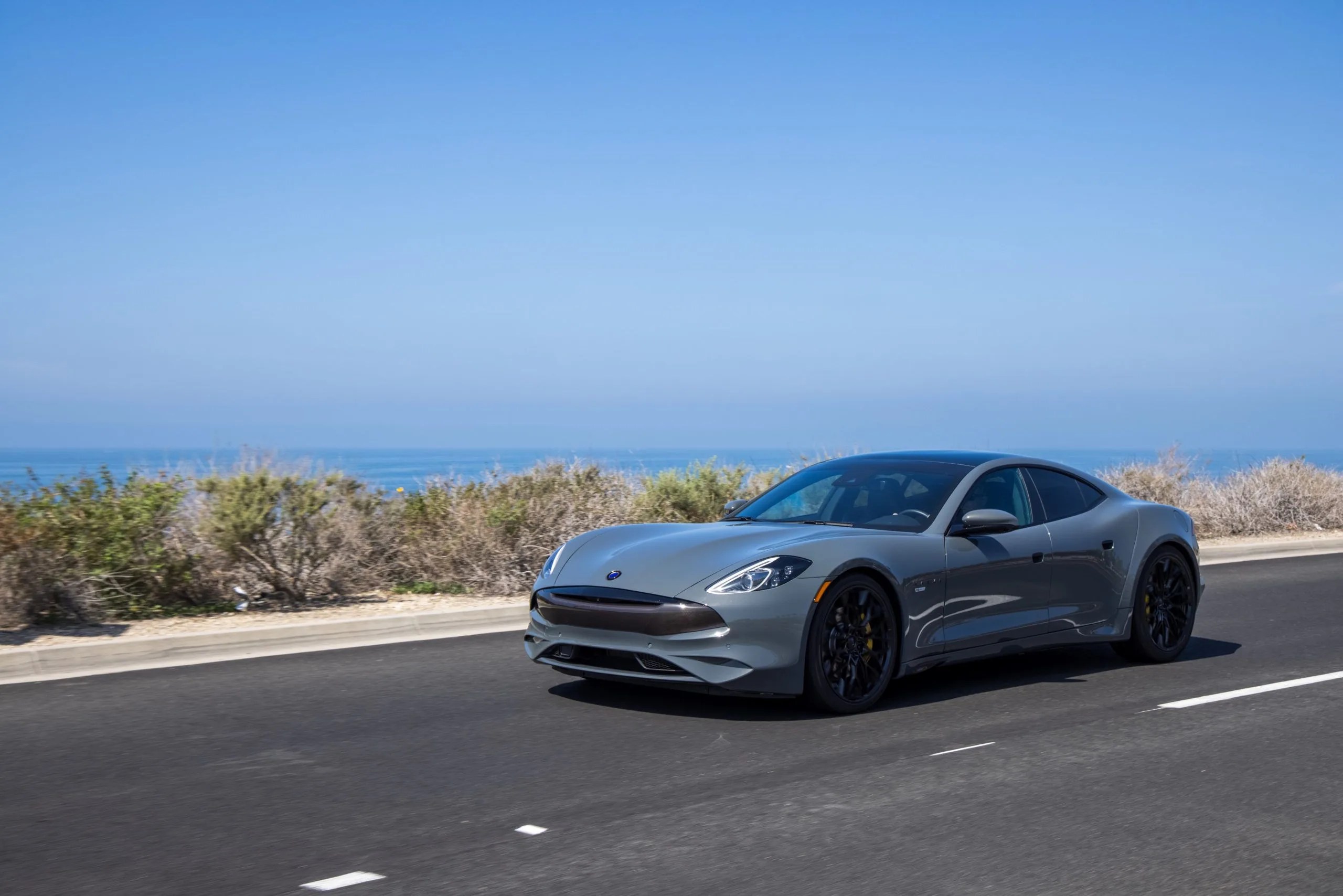Once upon a time, there was a car called the Fisker Karma, and it was the future. When it first burst onto the scene back in early 2008, electric vehicles still seemed like a distant dream — battery technology simply couldn’t pack enough power to give real cars decent range or power. Plug-in hybrids, however, seemed like an excellent bridge between the internal-combustion now and the electric-powered tomorrow — and with gas prices climbing faster than the still-operational space shuttle, the time seemed right to find ways to pump up automotive fuel economy.
Enter Henrik Fisker. A designer who’d penned such iconic cars as the Aston Martin DB9 and BMW Z8, he’d branched out on his own (well, with some help from business partners and investors) to create Fisker Coachbuild, which turned BMW 6 Series coupes and Mercedes-Benz SL-Class convertibles into bespoke vehicles with new lines penned by the design master.
The market for rebodied $200,000+ versions of $70,000 cars perhaps not being what they’d hoped, this, in turn, quickly gave way to Fisker Automobiles, a standalone automaker that quickly rolled out their first product at the 2008 North American International Auto Show: an impossibly sleek plug-in hybrid luxury sedan called the Fisker Karma, which combined a range-extending four-cylinder with a 20.1-kWh battery and two rear-mounted electric motors to create 403 horsepower.
In the immediate years after that, the future seemed bright for Fisker Automobiles. The company received a loan of more than half a billion dollars from the U.S. government; none other than Joe Biden showed up to help the company take over the former General Motors assembly plant in Wilmington, Delaware. The first cars started reaching streets in July 2011, to generally positive feedback from the critics.
Then the Karma’s positive karma flipped its polarity. Problems with its battery supplier, A123 Systems, forced not one but two recalls before A123 went belly-up like an electrocuted trout, leaving Fisker high and dry and forcing a five-month stop to production. The feds closed the tap after less than 40 percent of the original loan amount had been withdrawn, citing issues over the loan conditions. Superstorm Sandy took out more than 300 cars sitting at port in Newark; 16 of those burned to a crisp after the flooding seawater shorted out one car’s battery and the flames spread. Come March 2013, Henrik Fisker — who’d since been bumped from CEO to executive chairman in favor of a revolving door of industry execs — went all Scarface in Half Baked and left the company he’d started less than six years before.
As it turned out, though, the Fisker Karma was also the car that was too pretty to die. When Fisker (the man) left Fisker (the company), the latter quickly folded, filing for bankruptcy in late 2013; a Chinese auto parts company named the Wanxiang Group quickly swooped in and bought up the remains, but since Fisker (the man) had made off with the rights to Fisker (the trademark) in the bankruptcy and split, Wanxiang instead turned the car’s model name into its make and rebranded the Fisker Karma as the Karma Revero.
The Revero, upon first arrival in the U.S. in 2016, wasn’t all that different from the Fisker version that preceded it; the styling had been subtly tweaked to reflect the new electric car zeitgeist (i.e. it got a Tesla Model S-style “grille”) and the technology was updated here and there. (Also, iconic auto exec Bob Lutz spun up a small company to turn the Karma into a Corvette ZR1-powered hot rod, but that’s neither here nor there.)








